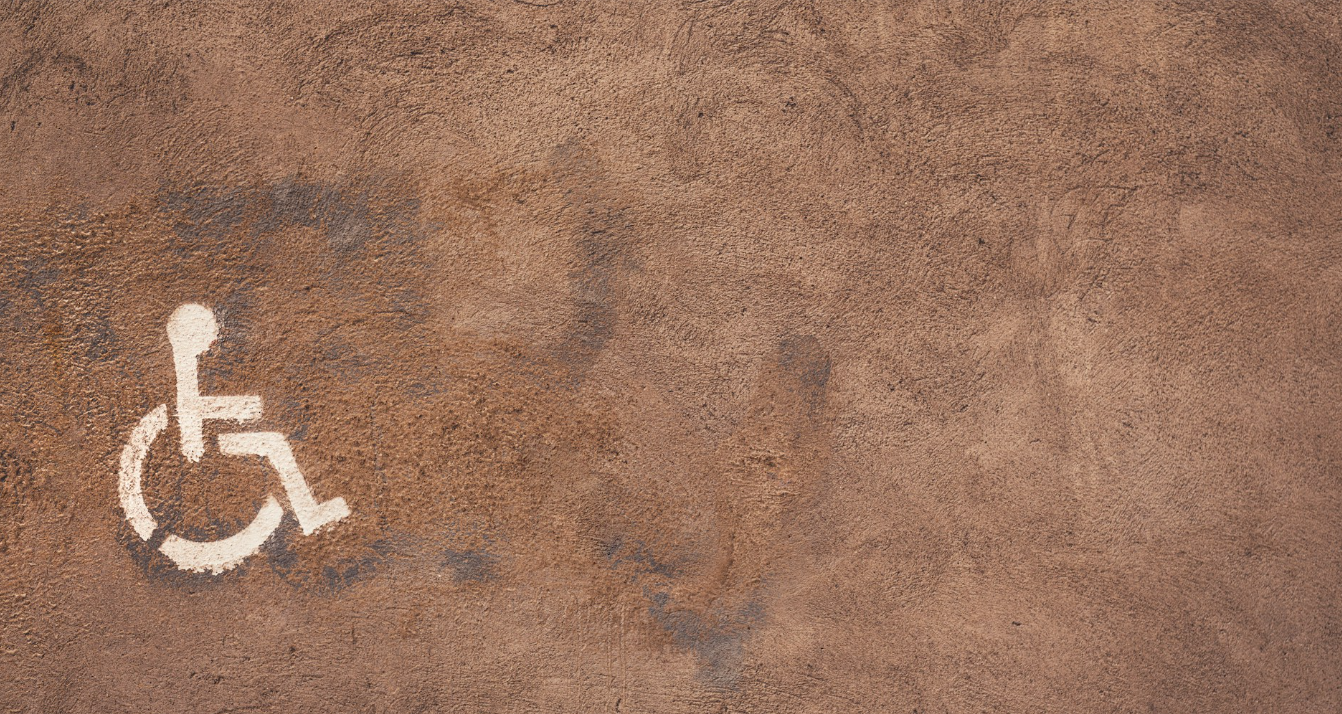
Introduction
Background
Legal Provisions
Role of the Judiciary
The MIB Advisory and the recent case laws are welcome initiatives towards enabling digital accessibility, inclusivity and equality. Unequal access to digital services, facilities, infrastructure, content continues to be a cause for concern that widens the gap for PWDs.
The Supreme Court in the Pragya Prasun case fittingly observed that “Bridging the digital divide is no longer merely a matter of policy discretion but has become a constitutional imperative to secure a life of dignity, autonomy and equal participation in public life.” Given the active involvement of the judiciary and coupled with legislative changes, there is promise of a better future for all citizens in the digital world.
This article was originally published on Saikrishna & Associates

